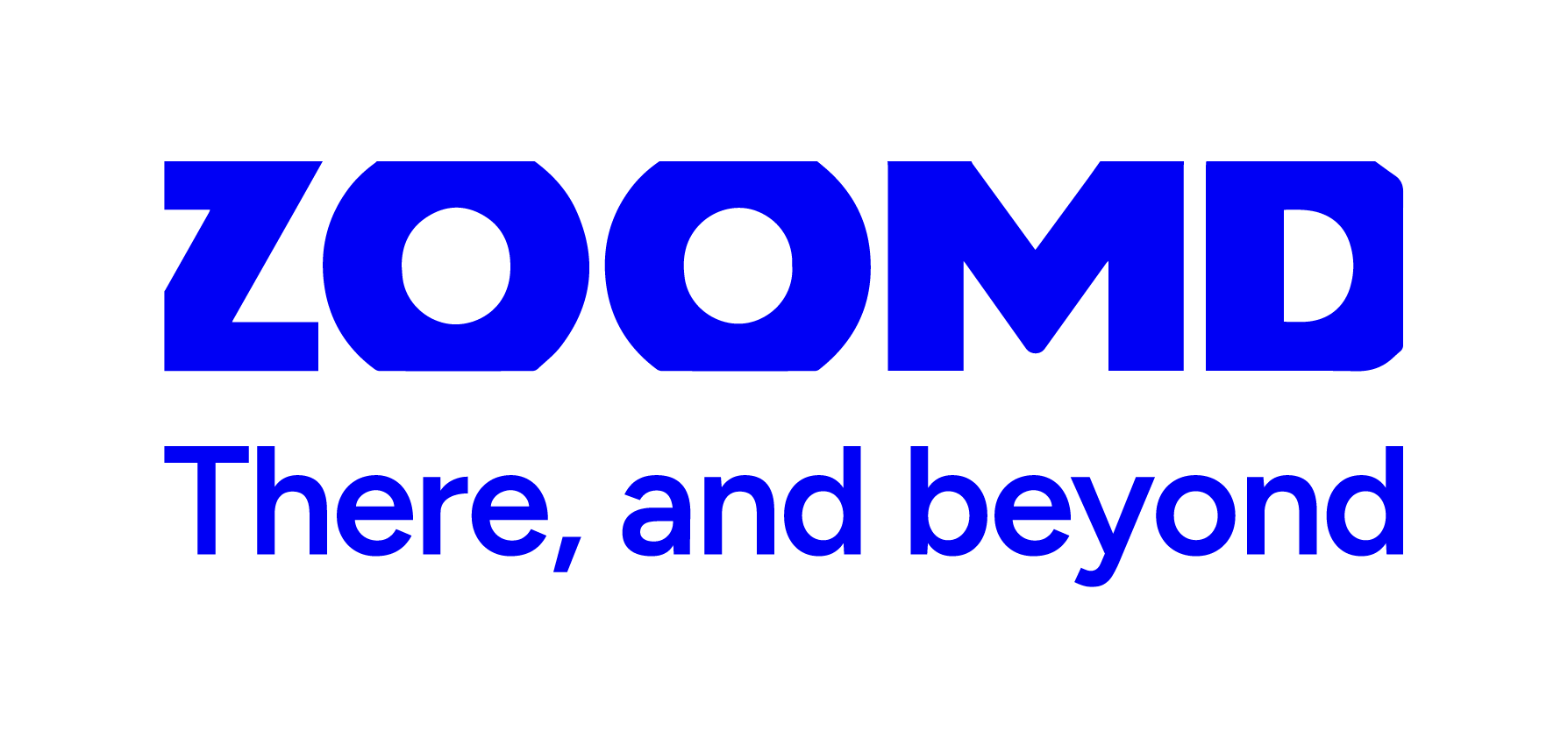When I started working with marketers in the early 2000s, they were advertising on fewer digital channels than today, and there were fewer nefarious challenges, like fraud and malicious advertising attacks.
But brand marketing has gotten more challenging over the years. Today, marketers expect their partners to monitor and measure viewability, engagement and conversions, because these metrics have demonstrable effects on campaign performance.
They also need to make sure their partners aren’t running their ads on malicious content or to invalid traffic (IVT) and that bots or other fraudulent actors aren’t clicking on their ads. As the recent Adalytics report demonstrates, blocking bots is still a moving target, and generalized verification solutions sometimes fall short when filtering out IVT. There are, however, use-case-specific technology solutions like GeoEdge, Fraudlogix and Fraud0 to address these challenges.
But do most marketers really need brand safety verification? Is the current level of emphasis on brand safety always warranted? It’s starting to feel like some of the stricter approaches might do more harm than good.
Who needs brand safety verification?
Brand safety is important for marketers targeting users under 18 because they run a higher risk, including the possibility of getting fined, if they’re advertising on social media and other forms of user-generated content.
But most consumer packaged goods brands, automobile manufacturers, travel, restaurant and hospitality marketers don’t really need a brand safety vendor.
Back in the early 2000s, advertisers relied on exclusion site lists and keyword bucket lists to block content next to which they didn’t want their ads to run. Surprisingly, this 20+-year-old technology is still commonly used to manage brand safety today.
We all know by now how keyword blocking harms hard news websites and apps, further threatening the news industry, which already lost subscription and other revenue streams in the migration from print to digital. Just look at journalism industry layoffs and the shuttering of local newsrooms for proof of this effect.
But where is the evidence that advertising next to hard news harms brands? In fact, we have plenty of evidence to the contrary.
Research from Stagwell and HarrisX shows that ads placed next to news stories about crime, politics and inflation performed as effectively as ads placed adjacent to sports or entertainment stories. This study should debunk the myths against advertising next to hard news content.
Remember: People are smarter than we give them credit for. We need to trust that most consumers are sophisticated enough to differentiate between ads and content when reading a trusted news source.
Instead of relying on keyword blocklists, marketers should focus on the platforms, websites and apps where they’ve successfully run campaigns.
Of course, brands might have legitimate concerns about monetizing certain news sites and therefore contributing to the political polarization taking root around the world.
For marketers needing more assurance, firms like Ad Fontes provide tools to identify publishers and news articles with minimum bias and high reliability. These services can support news-friendly media planning and buying for even news-averse brands.
The downside: fewer media sources
But cutting out brand safety has its own drawbacks.
When it comes to targeting ads to the open web, not working with brand safety vendors or using keyword bucket lists means running campaigns on a smaller number of websites and apps.
Placing ads on fewer sites provides advertisers with greater control, but also potentially means missing some good opportunities.
And Meta’s recent termination of fact-checking and movement to a community notes model might require greater vigilance on the part of marketers that rely on the company’s platforms.
But given the growing challenges of digital marketing, campaign costs are going up. So marketers need to consider whether they’ll see a greater return from investing in targeting and attribution solutions or by applying brand safety tech.
We as an industry need to develop solutions to measure cross-channel conversions and attribution. We need faster, more efficient and cost-effective ways to run incrementality and media mix modeling analyses. These issues are a far greater priority for 99% of marketers than brand safety.
The advertising technology industry has been challenged to show greater transparency to marketers and other industry stakeholders. That’s why it’s important to have frank discussions with clients, explaining the need and value of brand safety. That way, marketers can make an educated decision on whether they truly need to pay for it.
“Data-Driven Thinking” is written by members of the media community and contains fresh ideas on the digital revolution in media.
Follow Zoomd and AdExchanger on LinkedIn.
For more articles featuring Michal Fuchs, click here.















